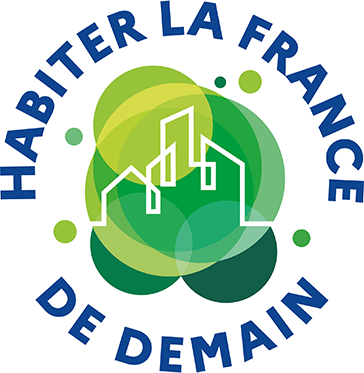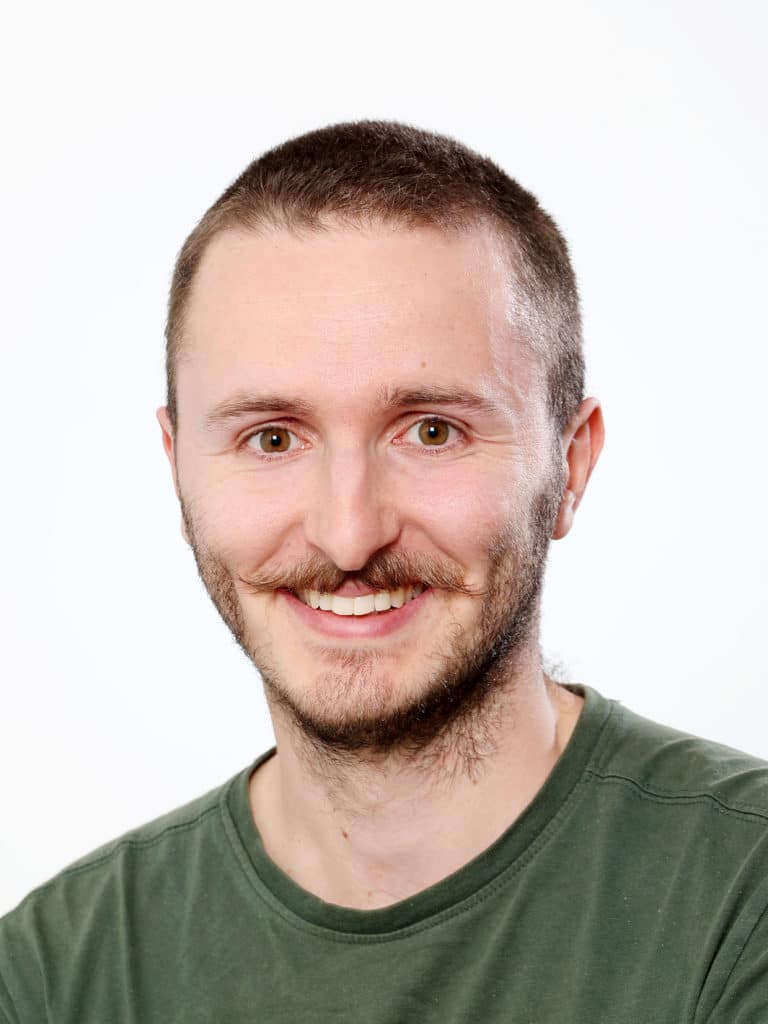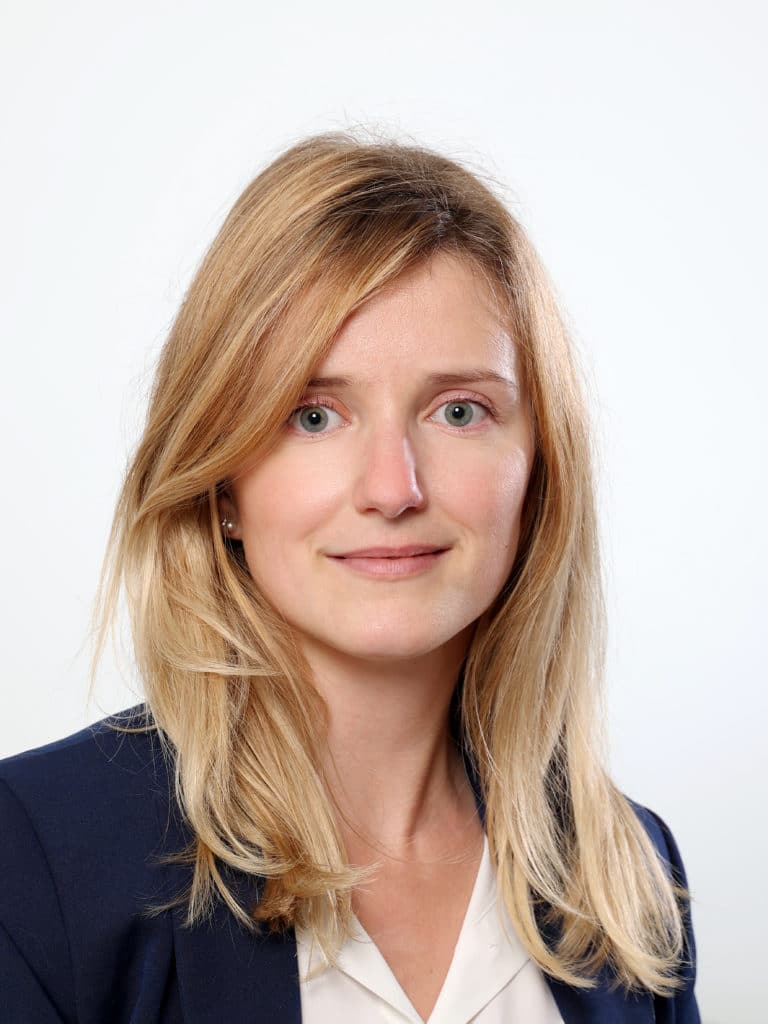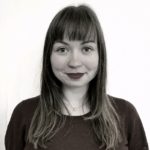Ecoquartier de Montévrain : un projet urbain organisé autour d’un Cœur Agro Urbain
Une réalisation proposée par Atelier Philippe Madec Architectes

Contributeur
apetitjean@madec.net
Descriptif
Le projet consiste à mettre en œuvre un urbanisme alternatif aux logiques propres à la ville nouvelle pour renouer avec les propriétés paysagères, naturelles et agricoles du plateau dans lequel il s’inscrit.
A partir d’une trame viaire préexistante pensée pour le tout-voiture, le projet dévie de la trajectoire « machiniste » des premiers plans d’aménagement (dépendance à la voiture, disparition des pratiques agricoles, effacement des polarités historiques et du patrimoine viaire et paysager, perturbation des régimes hydrauliques, effritement de la biodiversité,…) pour mettre en place des logiques qui renouent avec la proximité (équipements publics, logements, commerces, tertiaire), avec les rythmes naturels (gestion hydraulique à la parcelle, confortement des trames paysagères) et avec les pratiques agricoles. Élément central du projet, le « Cœur Agro Urbain » (20 ha en maraîchage et arboriculture retirés à l’urbanisation) devient le cœur du projet, ancrant l’urbanisation dans une logique intercommunale.
- Aménagement
- Espaces publics et espaces verts
- Commerces
- Éducation et formation
- Culture et loisirs
- Quartier
Fiche d'identité
- < 20 000 habitants
Distinctions
Médias
Évaluation du projet*
sur la base du déclaratif du contributeur
Critère n°1 : SOBRIÉTÉ
Retrait de 20ha (sur les 150h du périmètre opérationnel) pour pratiques agricoles nouvelles (transition en BIO)
Gestion hydraulique centennale à la parcelle (permettant la recharge de la nappe, et l’irrigation des parcelles cultivées)
Restauration des cours d’eau et des ripisylves associées
Renaturation d’espaces (plaine de reproduction de nicheurs au sol reconstituée sur 1.5 ha)
Anticipation de la mutation d’une zone d’activité commerciale en quartier mixte
Au sein des prescriptions urbaines, architecturales, paysagères et environnementales (fiches de lot de chaque opération), des prescriptions au cas par cas sont émises en fonction des programmes et des opérateurs.
Projet urbain.
Ces objectifs concernent les bâtiments au cas par cas de leur programmation
Cet aspect a surtout été abordé sur l’espace public, pour créer des espaces résilients en anticipation du changement climatique (réduction des effets d’ilot de chaleur, biodiversité), le tout avec des moyens limités de gestion par les collectivités.
Critère n°2 : INCLUSION
Une concertation est menée par l’EPA, confiée à un prestataire extérieur à notre équipe de maîtrise d’œuvre.
Régulière lors des phases « amont » de conception du plan-guide du quartier, ces réunions se sont espacées. Il s’agit d’un domaine où l’amélioration est possible.
Dans le cadre de la programmation de chaque ilot, une mixité fonctionnelle et sociale est prévue
Pas spécifiquement
Les retours sont à ce stade positifs, bien que toutefois difficiles à mesurer objectivement (notre intervention s’étend sur une 15aine d’années. Notre volonté auprès du maître d’ouvrage est de lancer une évaluation fondamentale des aménagements pour mieux aborder cet aspect du projet.
Critère n°3 : RÉSILIENCE
Le projet dans sa résolution aborde la question de la vulnérabilité du territoire en opposant aux logiques fonctionnalistes un projet régénérant les ressources et les structures paysagères du plateau.
Pas spécifiquement
Critère n°4 : CRÉATIVITÉ
Cet aspect est plus particulièrement abordé :
- Dans le cas de la programmation d’ilots mixtes mêlant logements et locaux d’activité (tertiaire, artisanaux) ;
Dans le cas du Cœur Agro Urbain qui fait émerger de nouveaux profils d’acteurs agricoles, en synergie avec le tissu local
Pas spécifiquement, en dehors du positionnement de l’équipe de maîtrise d’œuvre dans sa relation d’équipe avec la maîtrise d’ouvrage.
Critère n°5 : POTENTIEL DE RÉPLICABILITÉ
Oui. L’EPA s’appuie notamment sur l’expérience du Cœur Agro Urbain pour généraliser une politique agricole à l’échelle de son territoire (politique totalement nouvelle pour cette acteur). En cela, le quartier dans l’ensemble de ses composantes représente une sorte de laboratoire, qui met en avant les réussites mais aussi les obstacles rencontrés.












